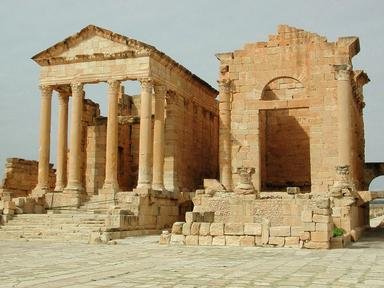Quiz Answer Key and Fun Facts
1. Which of these was NOT one of the three original main kingdoms of Nubia?
2. When does it seem that the Muslims overwhelmed the northern kingdom?
3. After the war between the Nubians and Muslims in 652 there was an agreement called a baqt (which is less formal than a sulh) with an exchange of goods. What did the Nubians agree to supply?
4. Derek Welsby often mentions red brick in his book. What is it?
5. Monasticism played a small roll in Nubian Christianity.
6. Which of these is NOT recorded as a genuine Nubian king?
7. The Nubians shared with the Byzantine iconoclasts and the Muslims a prohibition on images of people.
8. What does the term eparch mean?
9. What is the date of the first dated church in Nubia?
10. Who was most likely to succeed a king?
Source: Author
tnrees
This quiz was reviewed by FunTrivia editor
bloomsby before going online.
Any errors found in FunTrivia content are routinely corrected through our feedback system.
